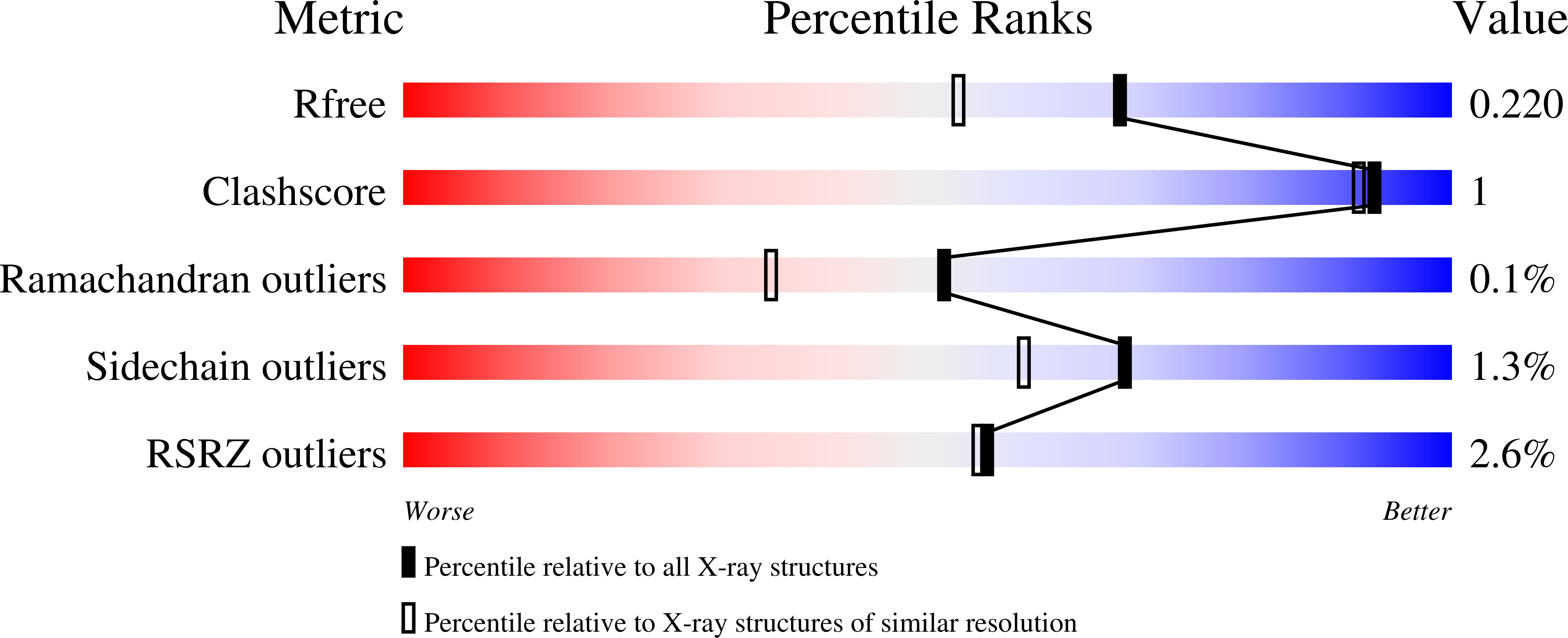
Deposition Date
2021-10-28
Release Date
2022-07-06
Last Version Date
2024-01-31
Entry Detail
PDB ID:
7Q3T
Keywords:
Title:
Crystal structure of the OmpK36 D insertion chimera from Klebsiella pneumonia
Biological Source:
Source Organism:
Klebsiella pneumoniae (Taxon ID: 573)
Host Organism:
Method Details:
Experimental Method:
Resolution:
1.79 Å
R-Value Free:
0.21
R-Value Work:
0.18
R-Value Observed:
0.18
Space Group:
P 1


